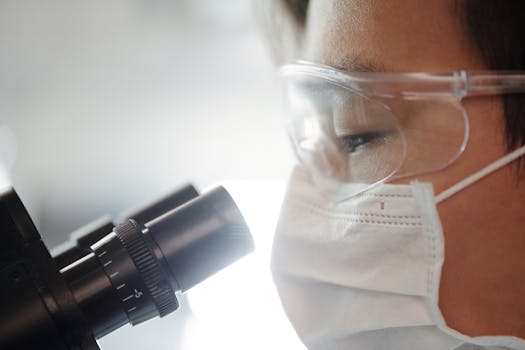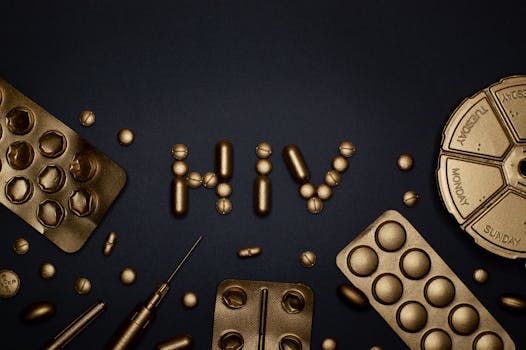
The Science Behind Vaccines and Public Health
Introduction to Vaccines and Public Health

The science behind vaccines is a complex and fascinating field that has led to the development of life-saving immunizations. Vaccines and public health are closely intertwined, as the widespread use of vaccines has been instrumental in controlling and eliminating many infectious diseases. In this article, we will delve into the history of vaccines, the mechanics of how they work, and the significant impact they have had on public health.
History of Vaccines

The concept of vaccination dates back to the 18th century, when Edward Jenner observed that milkmaids who had contracted cowpox were immune to smallpox. This observation led to the development of the first vaccine, which was used to protect against smallpox. Over the years, vaccines have been developed for a wide range of diseases, including measles, mumps, rubella, polio, and influenza.
The development of vaccines has been a long and sometimes arduous process, with many scientists and researchers contributing to our understanding of immunology and the creation of effective vaccines. Today, vaccines are an essential tool in the prevention and control of infectious diseases, and their use has been instrumental in saving countless lives.
How Vaccines Work

Vaccines work by introducing a harmless piece of a virus or bacteria, or a weakened form of the virus or bacteria, to the body. This triggers an immune response, which allows the body to recognize and fight the disease-causing agent. There are several types of vaccines, including inactivated vaccines, live attenuated vaccines, and subunit vaccines.
Inactivated vaccines contain a killed or inactivated form of the virus or bacteria, while live attenuated vaccines contain a weakened form of the virus or bacteria. Subunit vaccines, on the other hand, contain only a specific piece of the virus or bacteria, such as a protein or sugar.
Impact of Vaccines on Public Health

The impact of vaccines on public health has been significant. Vaccines have been instrumental in controlling and eliminating many infectious diseases, including smallpox, polio, and measles. The widespread use of vaccines has also led to a significant reduction in the number of cases and deaths from vaccine-preventable diseases.
According to the World Health Organization (WHO), vaccines have saved an estimated 10 million lives between 2010 and 2015. In addition, vaccines have also had a significant impact on the economy, with a study by the Centers for Disease Control and Prevention (CDC) estimating that every dollar invested in vaccines returns an estimated $16 in economic benefits.
Conclusion

In conclusion, the science behind vaccines is a complex and fascinating field that has led to the development of life-saving immunizations. The history of vaccines is a long and sometimes arduous one, but the impact of vaccines on public health has been significant. As we continue to face new and emerging threats from infectious diseases, it is essential that we continue to invest in vaccine research and development, and that we work to increase access to vaccines for communities around the world.





